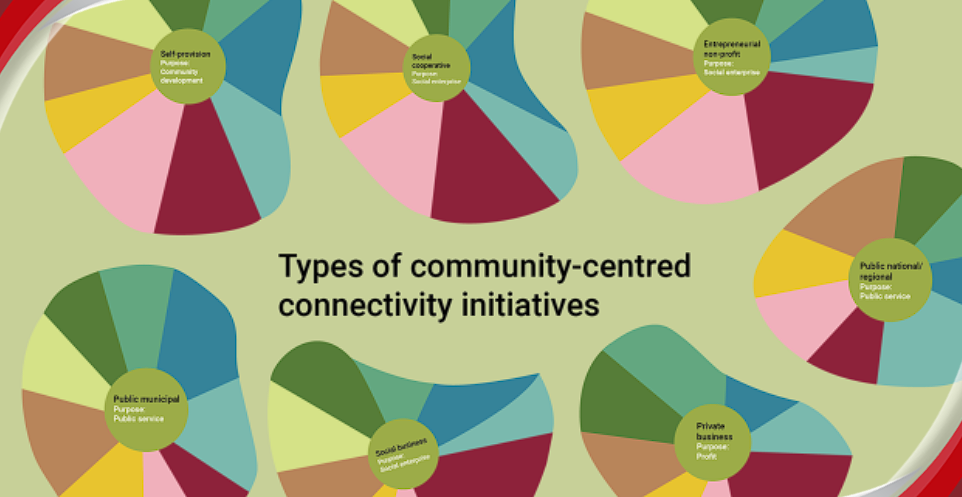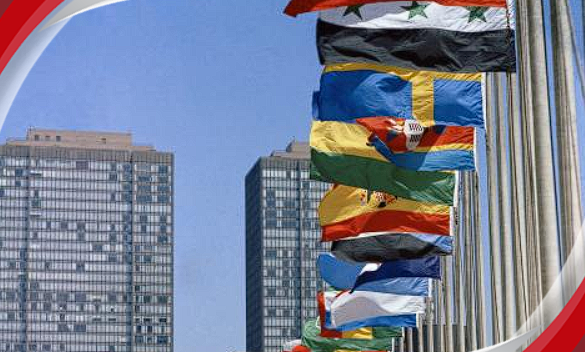Articles
Carbon pricing poses threat to economies of developing countries
-
2 months ago
Carbon border adjustment mechanisms (CBAMs), or border carbon adjustments (BCAs), are mechanisms that aim to increase the consistency in the application of carbon pricing between goods produced in different jurisdictions but traded between those jurisdictions.
Most commonly, they involve a jurisdiction that applies a carbon price to the production of emissions-intensive goods, such as through an emissions trading system (ETS) or carbon tax, seeking to apply an equivalent carbon price to imports of those goods from overseas jurisdictions.
Carbon cost liability, reflections
Practically, this could mean that South African exports of carbon-intensive goods would face an extra carbon cost liability in some jurisdictions.
“The Department of Forestry, Fisheries and the Environment has been actively engaged in the decarbonization of the steel sector. As you are well aware, the steel sector, is one of the hard to abate sectors, and is highly energy intensive.
“The department, in collaboration with the Department of Trade, Industry and Competition and in partnership with the Organization for Economic Cooperation and Development (OECD), has been working closely with industry association, the South African Iron and Steel Institute (SAISI), and industry partner, ArcelorMittal, together with other players, to determine what may be the low hanging fruit for a low carbon transition.
“The entire value chain has to be reflected upon - both upstream and downstream players. This is work in progress, and indeed comes with its own set of challenges, in the form of necessary research and development, capacity development, and the much-needed capital investment,” Singh said.
Green steel
He mentioned green hydrogen, as an option for the production of green steel.
“Sectoring scrap metal market as input material for the steel sector to lower the carbon footprint, would be another option. Refurbishment of existing technology and investment into new and energy efficient technologies are other options.
“Downstream industries are also faced with competition on imports. Therefore, compliance and enforcement are important, and so is the provision of the necessary legislative measures,” the Deputy Minister said.
Just Transition
South Africa recognises the need for climate action to be centred on a Just Transition, meaning a transition to net-zero carbon emissions society that accommodates the needs of workers and communities, which may be negatively affected through the loss of jobs or activities as a result of a move to a lower carbon economy.
“The Climate Change Act, which was signed into law by President Ramaphosa in July 2024, sets out South Africa’s national climate change response, including mitigation and adaptation actions, which also constitutes South Africa’s fair contribution to the global climate change response.
“The Climate Change Act enables the alignment of policies that influence South Africa’s climate change response, to ensure that South Africa’s transition to a low carbon and climate resilient economy and society is not constrained by policy contradictions.
“The Climate Change Act also sets out measures to enhance South Africa’s ability and capacity over time to reduce greenhouse gas emissions, and build climate resilience, while reducing the risk of job losses, and promoting new job opportunities in the emerging green economy,” said the Deputy Minister.
He added that the Nationally Determined Contributions (NDC) for South Africa have been informed by peak, plateau and decline in terms of carbon emissions reduction.
The NDC cover adaptation, mitigation as well as finance and investment requirements and is based on equity.
“The recent Bid Window of the Renewable Energy Independent Power Producer Procurement Programme (REIPPPP), the work of the Just Energy Transition (JET), green hydrogen generation, are key steps in a positive direction.
“South Africa remains committed to stabilising the GHG concentration in the atmosphere and contribution to the global temperature goal of keeping temperature well below 2 °C and pursuing efforts to 1.5 °C below preindustrial levels in line with the principle of common but differentiated responsibility and respective capabilities (CBDR-RC),” he said.
Related Articles Posts
Categories
Popular Post
-
 SA’s IT spend to outpace GDP growth 1 year ago
SA’s IT spend to outpace GDP growth 1 year ago -
 Vodacom, Netstar launch free in-taxi Wi-... 1 year ago
Vodacom, Netstar launch free in-taxi Wi-... 1 year ago -
 South Africa under pressure to fill cybe... 1 year ago
South Africa under pressure to fill cybe... 1 year ago -
 Organisations with a strong employee val... 1 year ago
Organisations with a strong employee val... 1 year ago -
 Joint policy-in-action event highlights... 1 year ago
Joint policy-in-action event highlights... 1 year ago -
 Boost your digital transformation journe... 1 year ago
Boost your digital transformation journe... 1 year ago








